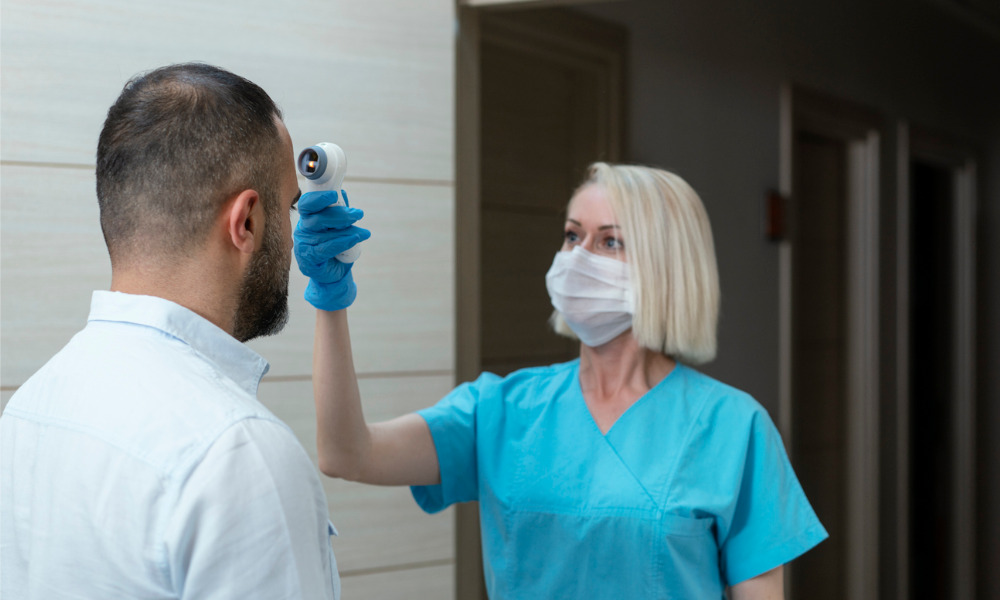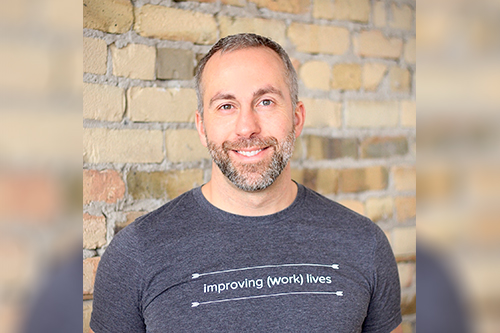‘It’s not just about the physical component of going to work, it’s also about the psychological health and safety so that people feel comfortable’

With workplaces set to change dramatically amid COVID-19, many employers will have to adopt stricter, more comprehensive fit-for-work plans to address the growth of remote work, combined with workers going back to the office.
Many companies in the space are providing digital tools via mobile applications that offer real-time health data on the workforce, says Rob Catalano, chief engagement officer at WorkTango in Toronto.
The assessments include health questions, temperature checks and having employees enter information via apps that gauges their health in real time.
“The tools [are] allowing companies to… get that insight in a very simple way from employees. They can take it from any device, any location and even if they don’t have access to email, they can use your mobile phones from a text, SMS-level. [It’s just] making it super simple for employees to give their feedback.”
In addition to physical wellness checks, psychological health should also play a part, according to Catalano.
“The reality is these employees are eventually going to have to get back to work and we need them in a wonderful state and not burned out in order to do so,” he says. “It’s not just about the physical component of going to work, it’s also about the psychological health and safety so that people feel comfortable. Are they confident that the right means are being taken, whether it’s for cleanliness or otherwise? When did people actually want to go to work? Do they feel productive?”
Consult with employees
But employers shouldn’t just impose these assessments on employees, and instead bring them onboard early to help increase engagement with the process.
Communication is key, says Catalano.
“[It’s] not just measuring whether people think the fit-for-work experience is working or not, but also diagnosing what people may think of it beforehand. Getting that feedback pre-, during and post-, a retrospective in an organization where what’s worked well, what hasn’t and what can we predict we could be better in the future.”

Rob Catalano
And the talk should happen early, so don’t just ask people what they feel, make them part of the solution, he says.
“[It’s about] hearing their thoughts on what their concerns would be; [it’s about] measurement and diagnosis as well as employee voice and participative management. Have employees involved and getting their feedback or recommendations around how this process would be.”
For more than three-quarters of employees, employers are supporting their wellbeing during the COVID-19 outbreak, found a recent survey, while some employers are concerned about safety, liability during a return to work, according to another survey.




